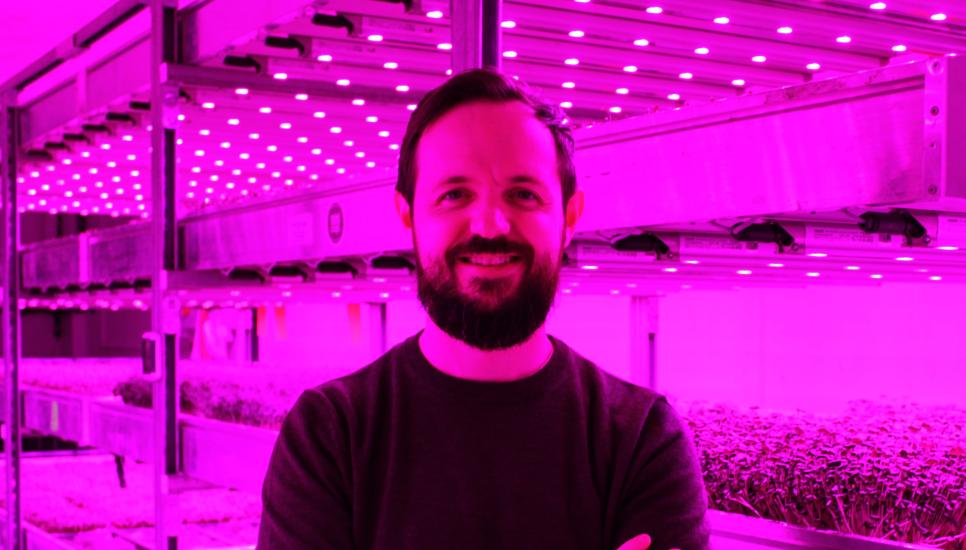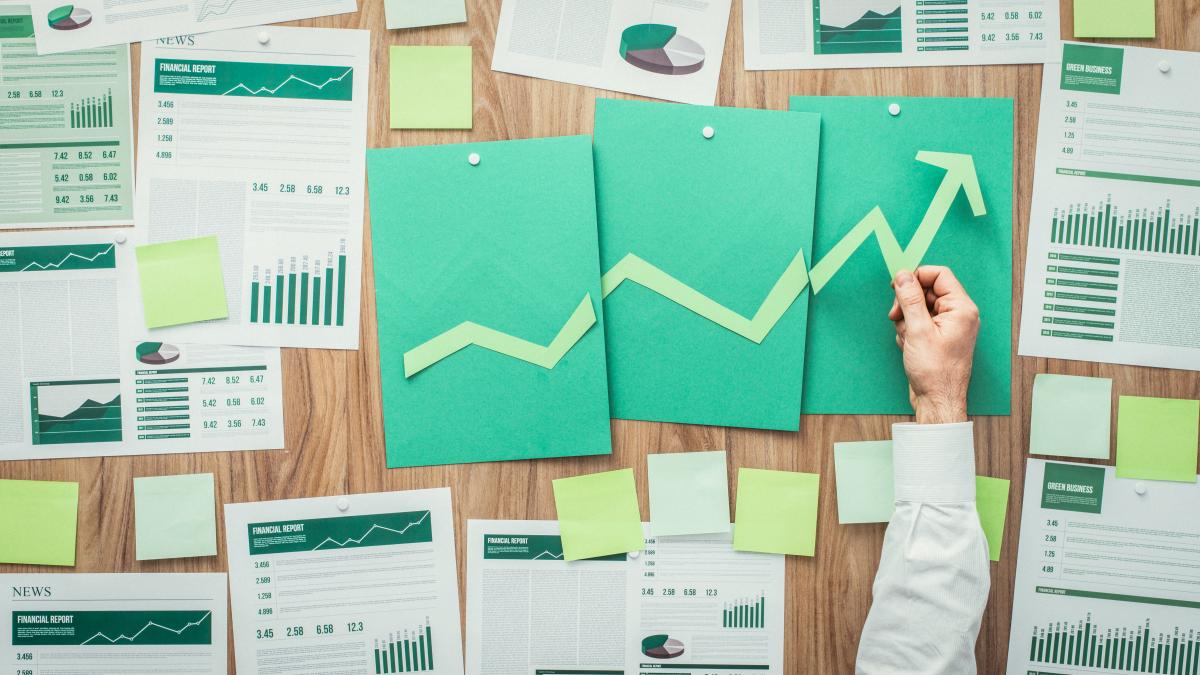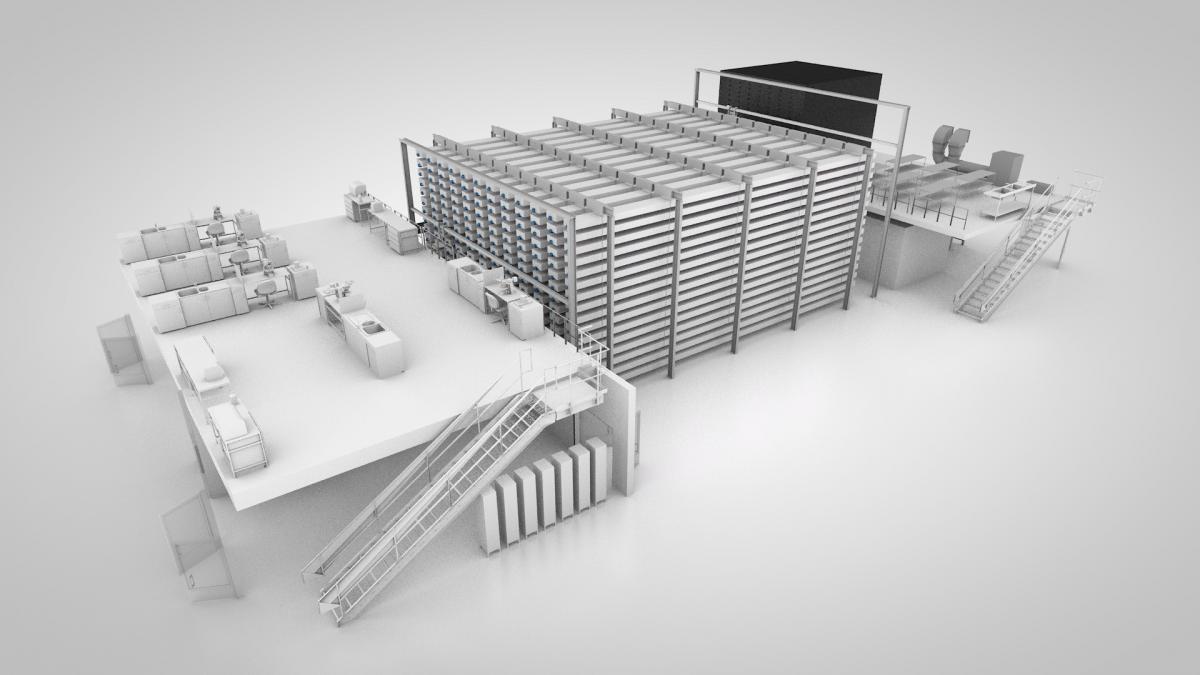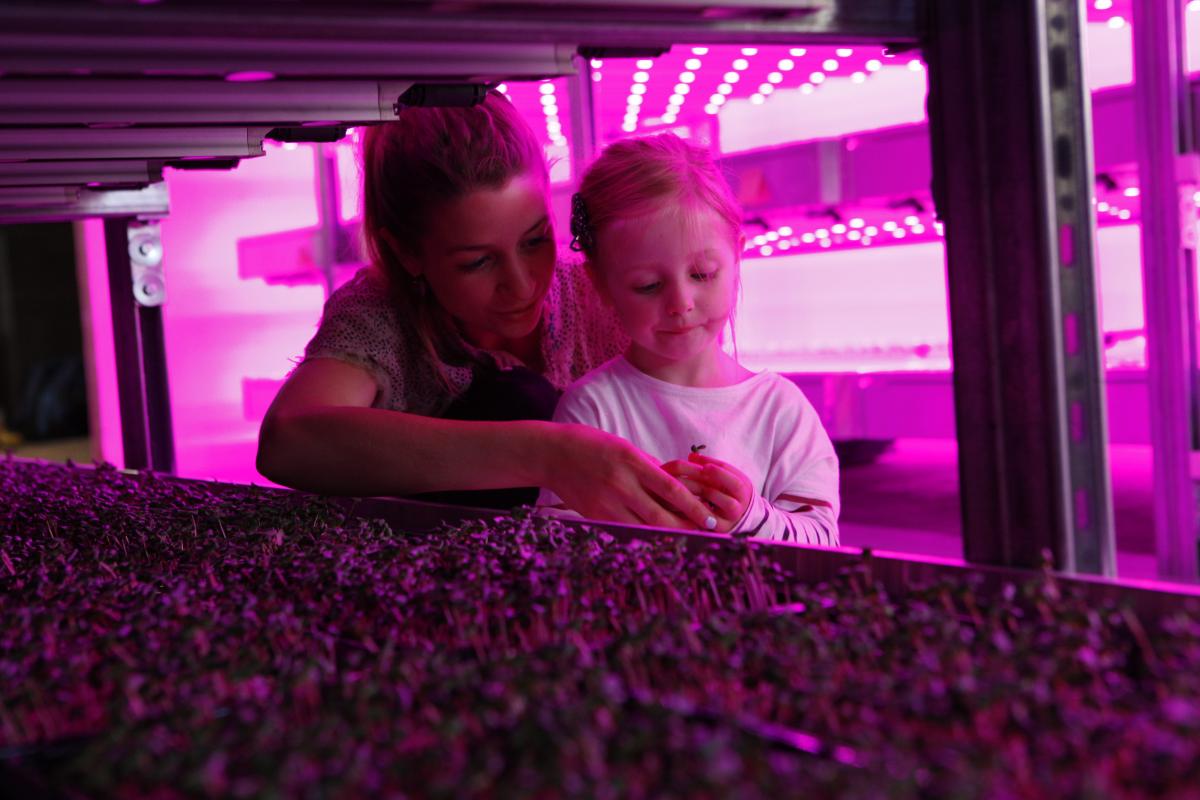How family investors can reap what they sow in vertical farming with Vertical Future

Vertical farming is being planted as the future of agriculture and the blossoming sector’s long-term growth could be a good fit for family investors and their patient capital.
Issues surrounding the increasing population of the world combined with water scarcity in a changing climate and the security of food and supply chains exposed by the coronavirus pandemic have all seeded minds on the possibilities of vertical farming.
CampdenFB asked Jamie Burrows, co-founder and chief executive of Vertical Future, what the nascent sector really means for family investors looking to harvest returns, how his company is innovating in the field and if families could host a vertical farm on their own property.
 Why should families which are not directly involved in or have knowledge of crop health and food production consider investing in Vertical Future and vertical farming?
Why should families which are not directly involved in or have knowledge of crop health and food production consider investing in Vertical Future and vertical farming?
Families should consider investing in Vertical Future because without sustainable, scalable vertical farming—which is one of the solutions required to deal with the rising global food challenge—the future of our food, crop health, human health, and planetary health are all at risk.
Scientific literature, prominent scientists, and leading figures such as Sir David Attenborough, building on decades of research and lived experience, have shown the gravity and complexity of the issues that we face as a global, interconnected ecosystem.
Over the past 50 years, there has been a significant decrease in biodiversity, a significant increase in population growth, density, and physical expansion, an overall reduction in the quality of food, and an increase in the intensification of farming and use of pesticides. To contextualise this, one of every eight species of plants face extinction, one third of soil faces degradation, and insect populations, which form a vital part of the food system, are seriously under threat. For these reasons and many others, food, next to water and sustainable forms of energy, must surely be the investment classes of today. Without these, the future is at risk.
Vertical Future is also, at its core, a family business, established by a husband and wife couple in 2016. My wife Marie-Alexandrine, as chief people officer, and I as chief executive, both came from careers in health and life sciences, with no prior knowledge of farming, let alone vertical farming. We believed in the importance of using technology to bring about health improvement and this is our main reason for establishing the company, which constantly strives to achieve this goal. Marie and I simply want a better and healthier future for our children, Gabrielle and Caspien, and a healthy planet for all.
 What is vertical farming, how does it work and what does it achieve?
What is vertical farming, how does it work and what does it achieve?
Vertical farming is the practice of growing crops indoors under controlled conditions in stacked layers or on vertical walls, typically using high-efficiency LED lighting and an either hydroponic or aeroponic method of irrigation, instead of soil.
Growing in this type of environment means that produce can be grown sustainably without the use of pesticides, herbicides, or fungicides. It also means that crops can be grown in an optimal manner, increasing output/yield, also relieving pressure on increasingly scarce farmland, encouraging rewilding and an overall increase in biodiversity. Technological approaches continue to improve, meaning lower water utilisation, less energy, and less waste. Moreover, automation, clever systems design, and robotics are allowing vertical farming systems to grow a broader variety of produce, aligning with customer demands.
What makes Vertical Future the market leader in vertical farming?
The global vertical farming market is beginning to receive a significant amount of interest and investment however, much of this is focused on older, first generation technologies, and models that are not futureproof, and some will potentially fail. Like many other young and nascent markets, there is a tendency for investors to back brands that are perceived to be likely to grow the fastest instead of investing in sustainable technology solutions. Vertical farming, from Vertical Future’s standpoint, should be considered as a medium-to-long-term infrastructure investment. Much like building a hospital to care for the betterment of health and wellbeing, a vertical farm does much the same thing, growing healthy, local food that forms a vital part of the local circular economy.
Leveraging its years of running vertical farms in central London, where the Vertical Future team were at the time used other companies’ technologies, the company has developed a clear and concise understanding of what works, what needs improving, and what innovations are required to grow and succeed in the sector. The last 18 months have focused on building a holistic, integrated, fully-automated vertical farming system—integrating hardware and software—that is future proof, addressing all the issues that exist with other competitors’ systems.
Importantly, the Vertical Future team is built on experience, with more than 200 years of senior level experience across the engineering and plant science teams alone. Several talented developers lead the company’s software efforts, with data forming an important part of the vertical farming opportunity. The leadership team is also supported by an experienced board, including the former head of the National Health Service, which is the second largest health organisation in the world, and the former chief marketing officer of Deliveroo.
 Despite Covid, in the past six months alone the company has already begun to sell its systems through technology sale and software licensing, and has generated more than £300 million ($397 million) of prospective pipeline opportunities, across four continents. This adds to ongoing support and recognition from the UK Department for International Trade, with the company winning numerous national and international competitions and being a part of the London Mayor’s International Business Programme.
Despite Covid, in the past six months alone the company has already begun to sell its systems through technology sale and software licensing, and has generated more than £300 million ($397 million) of prospective pipeline opportunities, across four continents. This adds to ongoing support and recognition from the UK Department for International Trade, with the company winning numerous national and international competitions and being a part of the London Mayor’s International Business Programme.
Research and development (R&D), which is engrained throughout Vertical Future’s activities, shows a 75% success rate in grant funding applications and more than half a million pounds in revenue for the next 18 months alone. This includes collaborative projects ranging from seed sterilisation through plasma treatment through to the growing of root extracts for the phytopharmaceutical industry, targeting the development of a novel respiratory drug.
The combination of Vertical Future’s technologies, growing experience, R&D programme, experienced team, and pipeline put it in a market-leading position. Considering the importance of the underlying issues that vertical farming aims to address, Vertical Future believes that it is important that investors back sustainable models that are likely to succeed and grow the market.
Where are you vertical farming, is it scalable and where is the produce being supplied?
Vertical Future’s operations to date have been based out of a converted space in Deptford, located about 10 minutes from London Bridge station. The company grew its consumer-focused brand MiniCrops, which today supplies more than 110 restaurants across London and thousands of homes. This was an initial proof of concept, using other companies’ technologies, before the company built out its technology proposition. The resulting proprietary technology solution is modular, scalable, affordable, and recognised for its differentiating factors in comparison to other vertical farming systems globally.
How will Vertical Future invest the capital it is looking for?
The focus is on scaling the company to realise the full potential of the vertical farming market. This starts with the build out of the largest vertical farm in the world, located in London, building on Vertical Future’s client network and existing growing operations.
The second aspect of scale focuses on expanding Vertical Future’s physical footprint in key target geographies, including the development of manufacturing facilities to further improve margins and deployment of sales, technical, and marketing teams. The final element of the round focuses on the improvement of Vertical Future’s existing hardware and software technologies.
What kind of returns are expected for family investors?
The company’s sales model has been built for profitability, with a positive EBITDA [earnings before interest, taxes, depreciation, and amortisation] expected in 2022. The Vertical Future team expects there to be an opportunity for a Series B round in several years’ time, in advance of a potential exit, or partial exit, in 2024/25, likely through an Initial Public Offering (IPO) or trade sale. With the growing popularity of vertical farming and the evident need for sustainable food solutions, the company expects there to be ample interest from prospective buyers in a variety of sectors. A trade sale or partial exit would be expected to be at a price 3-5x (minimum) of the current round, with an IPO potentially offering substantially higher returns.
How can families incorporate vertical farming on their own real estate?
As this is a very new industry, Vertical Future are not aware of any examples of families incorporating vertical farming in their own real estate. However, there are clearly massive opportunities to do so.
Families that have access to or own retail-focused assets, manufacturing capabilities, or assets in strategically positioned areas can both benefit and add value to Vertical Future’s growth plans. For example, commercial real estate located in urban areas can provide opportunities for systems integration, effectively eradicating food miles and providing a constant, year-round supply of fresh produce to local buyers. Similarly, real estate located close to target geographies could be used to increase the rate of expansion, providing land for development of manufacturing sites, or if manufacturing facilities already exist, eradicate the need for new sites.

Where do you want to see Vertical Future’s vertical farming venture in five years?
Food, water, and sustainable energy are—in Vertical Future’s view—the main investment categories of the future. In five years, the Vertical Future team wants to be an internationally recognised brand with its technologies and sites spread across the world. Each site will be sustainable and purpose-driven, producing healthy, affordable food for local inhabitants and improving their quality of life, job opportunities, and level of education. Through their connection via smart data infrastructure, the sites will be on a path of continual improvement. For rural locations, energy independence, accomplished through integrated, off-grid solutions, will be a reality.








